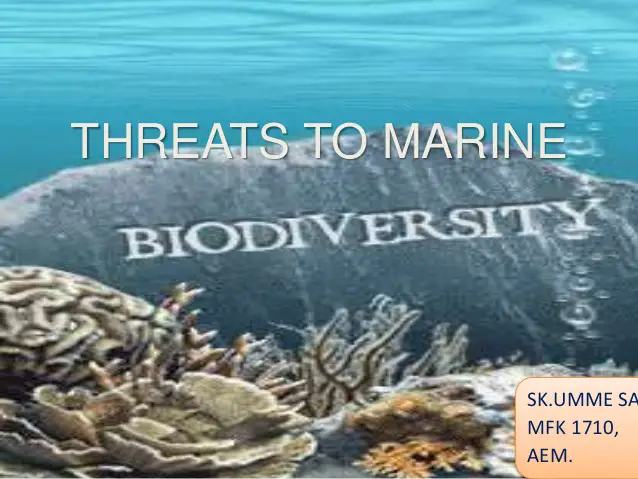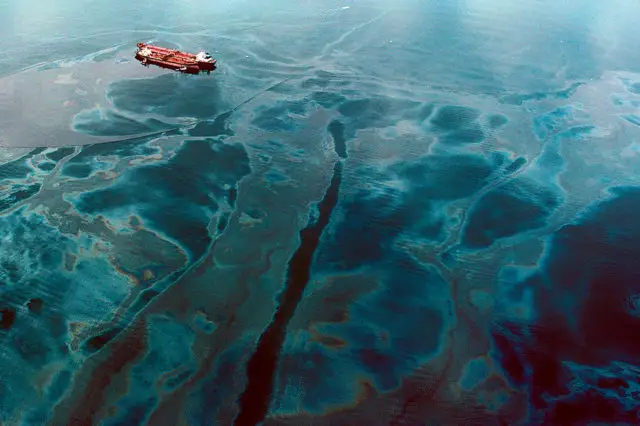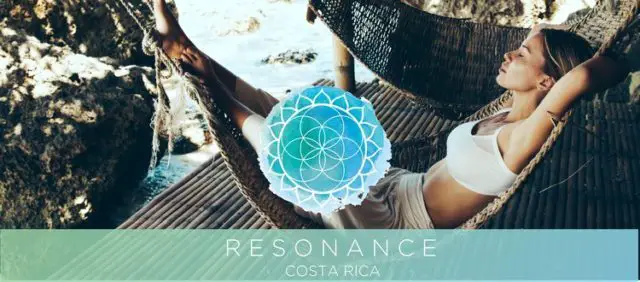Costa Rica is a country that has so much to offer the world, with its rich biodiversity, its happy hard-working people who fight, who care and love their surroundings, from all angles it is beautiful, with its beaches, rivers, flora and fauna, absolutely everything, so much that it has been considered the happiest country in the world.
But this image is sometimes opaqued and deteriorated by greedy, profit-hungry illegal actions. The solution to these negative actions is greater education and awareness. There are the issues of agrochemicals, illegal logging, construction in protected areas, harmful fisheries and one more, the mining issue. On this occasion, from The Costa Rica News (TCRN), we will give you insight into the current situation of seabed mining.
Environmentalists express again and again that the green image of Costa Rica is being used as a mask by mining companies to exploit sea beds, all within a framework of supposed regulation. In this regard, the advances of the International Seabed Authority aim to legalize marine mining, where Costa Rica serves as a facilitator of the process.
On November 17, the Ministry of Foreign Affairs of Costa Rica announced that the country is participating in a series of events that seek the exploitation of the seabed for mining. It is worth mentioning that Costa Rica is part of the United Nations Convention on the Law of the Sea (Convemar) since 1992 and ratified it in 2001. From which the International Seabed Authority (AIFM) emerges as the highest body.We cite recent information and it is that according to Convemar, in its article 136 states that the seabed of international waters belongs to all humanity, in this sense it gives the AIFM the power to act on behalf of this heritage. That is, Convemar is that organism that must protect the right of humanity for the conservation of the seas.

But there are contradictions, the Foreign Ministry of Costa Rica, said that the representation of the country facilitates one of the events of Convemar, where the member states are negotiating the regulations for a new seabed mining protocol. No organization should promote spaces for looting and devastation of assets, much less open doors to mining. In this way, environmental movements have stated that for some time now, the International Seabed Authority has been observed as an organization that is neither transparent and also presumably takes its decisions for interests directed towards marine mining worldwide.
Henrry Picado of the Ecological Federation FECON denounces that through the Costa Rican representation in AIFM, in charge of Gina Guillen, maybe lending the possibilities of exploitation of minerals belonging to the seabed, advancing in a panorama of a “makeup” regulation where the reality is to legalize the destruction of the sea beds and with that the biodiversity of the seabeds. According to experts on the subject, there is a clear intention to exploit manganese and cobalt nodules at the bottom of the sea.
In July 2018, the Council and the Assembly of the International Seabed Authority (ISA) were held in Jamaica, to establish regulatory projects to protect vulnerable sea depths from massive destruction by mining. In that sense, the International Seabed Authority developed operating rules to allow large-scale commercial extraction.
Mining at the bottom of the sea is the activity of mineral extraction from the depths. In the last decade, a new phase of marine mining began. The growing demand for precious metals in Japan, China, Korea, India, Europe, and North America has put pressure on the search for new sources.

The lack of knowledge about the depths of the sea causes this aspect to be approached with caution. Therefore, the European Commission has undertaken several studies and projects aimed at shedding light on the benefits, disadvantages and knowledge gaps related to this type of extraction.
The technologies to extract these marine treasures, like, conveyor belts, robots or hydraulic suction systems supported by motherships, are sufficiently developed to make underwater mining as much or more profitable than inland deposits, according to their promoters. But at the same time, scientists and environmentalists warn that before starting intensive exploitation, the risks that this would entail for fragile underwater ecosystems and for communities that subsist thanks to fisheries in some areas must continue to be assessed.

